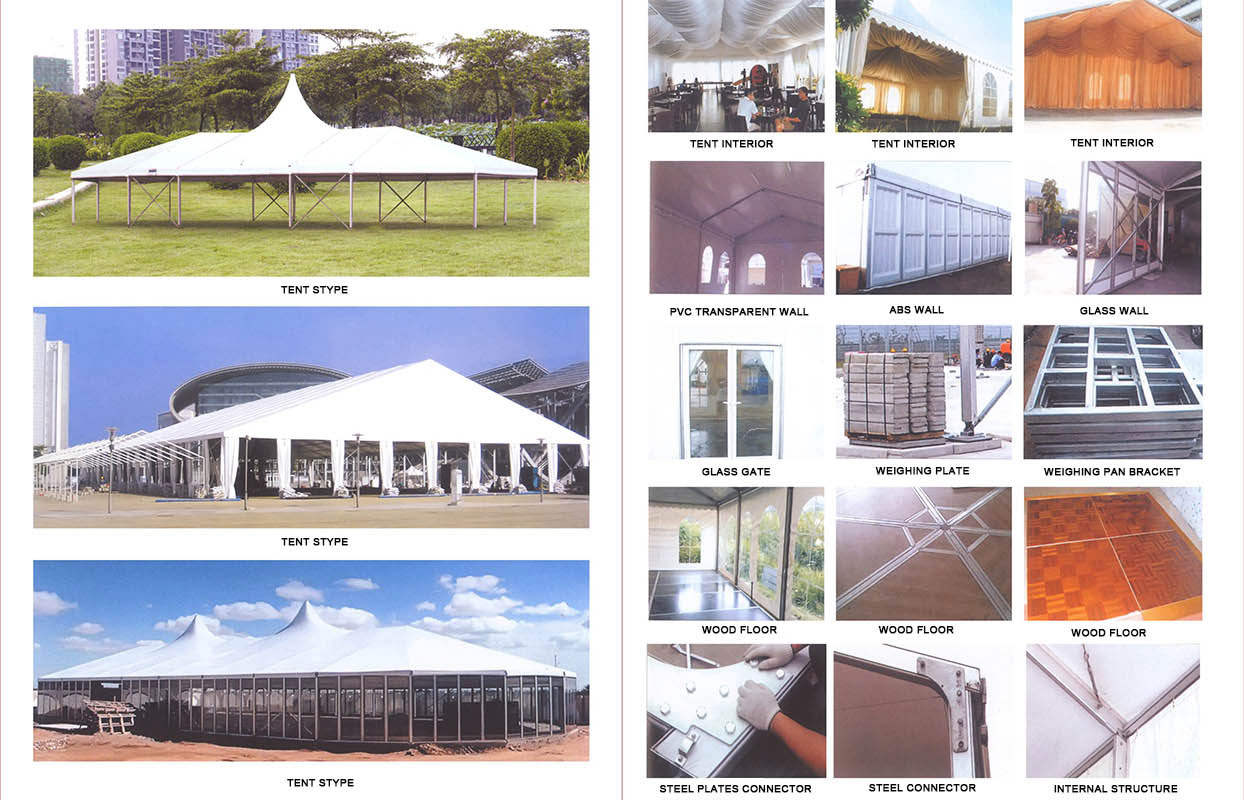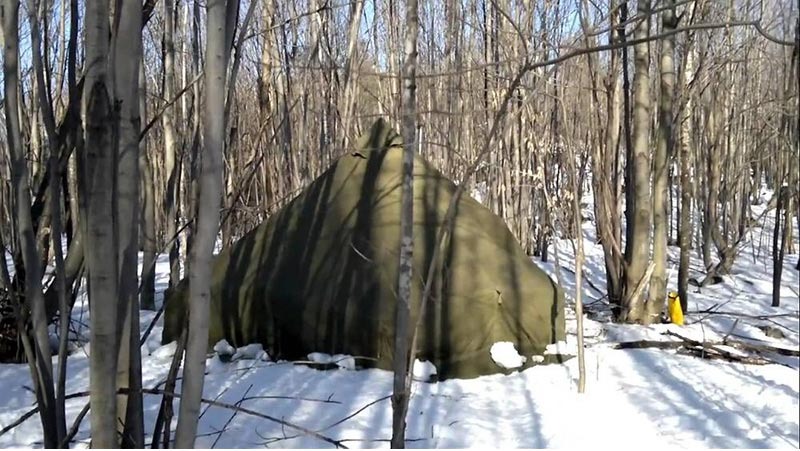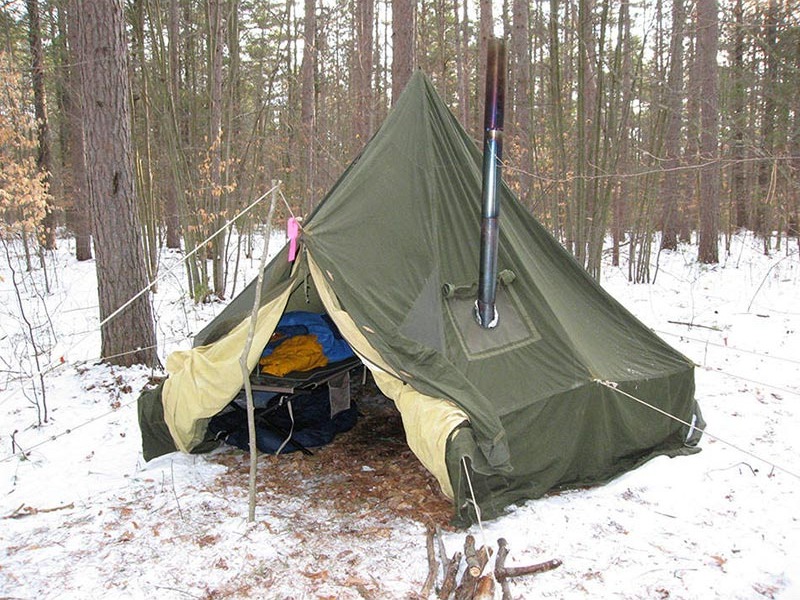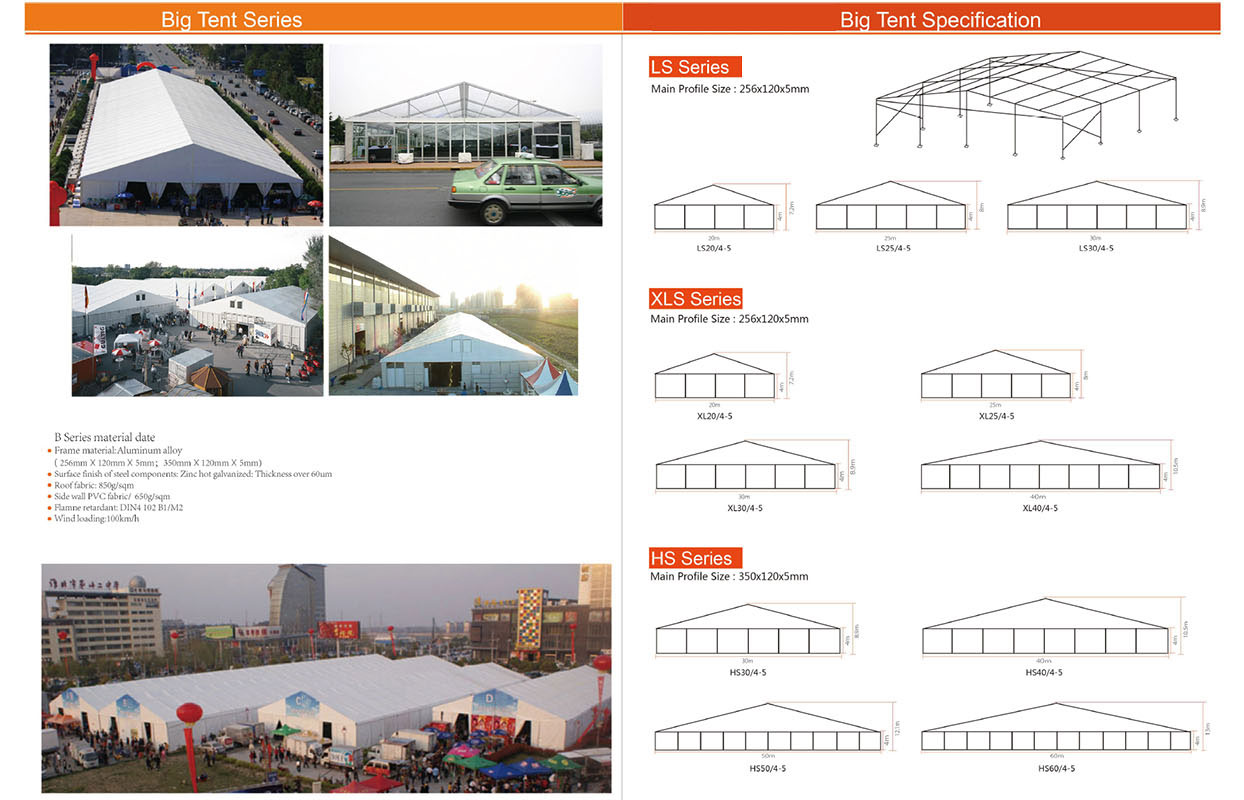A tent is a shed propped on the ground to provide shelter from wind, rain, and sunlight and for temporary living. It is mostly made of canvas and can be removed and transferred at any time together with supporting materials. The tent is carried in parts and assembled only after arriving at the site, so it requires various parts and tools. Only by understanding the names and usage of each component and familiarizing yourself with the structure of the tent can you set up the tent quickly and easily.
Structure:
The inner and outer tents, tent poles, windproof ropes, ground nails, etc.

Main body:
Pillar: Also called a pillar, it stands vertically on the ground. There are various types of straight one or two or three connected. The bends of some tubular pillars need to be connected with wires. The general material is fiberglass, usually 7 sections.
Frame: Used in bullet-type tents or cabin-type tents, and is composed of short rod-shaped materials to form pillars or beams.
Ridge: The top part of the tent.
Roof: The part that forms the slope of the tent.
Wall: The portion of the wall on the side of the tent. Some tents have none at all.
Canopy: A part of the roof that is opened to the front and supported by other pillars.
Door: It is the entrance and exit of the tent. A window can be installed on the other side.
Ground mat: a mat spread on the ground in a tent. If there is heavy humidity, another layer of bamboo mats needs to be laid.
Fly mat: A mat placed on the roof of the tent to protect it from strong sunlight. i.e. the second roof
Main rope: also called column rope. It is separated from both ends of the pillar to prevent the pillar from tilting and is fixed with nails.
Corner rope: extends from the four corners of the tent curtain and is fixed with nails.
Waist rope: extends from the bottom edge of the roof of the tent curtain and is fixed with nails.
Nails: Also called ground nails, they are used to insert into the ground to fix ropes and the bottom edge of tent curtains. There is wood. Made of metal and synthetic resin.
Wood or Iron Hammer: Used when driving nails into the ground. A snap buckle made of wood or metal and attached to the main rope or corner rope. The cable passes through two small holes in between and can be controlled by moving it.
Bag: A cloth bag that stores the curtain, pillars, nails, and wooden hammers.
Type:
Tents for outdoor sports are divided into several categories: advertising tents (promotional tents), military tents (civilian tents, construction site tents), large herringbone tents, tourist tents (3-season tents (for ordinary outdoor activities) and 4-season tents (Winter/mountain use)} Disaster relief tents, inflatable tents, decontamination tents, children's play tents. Below we introduce the differences between these types of tents in detail.


According to the opening method, it can be divided into quick-open tents and hand-pitch tents.
Here we mainly introduce the gable-shaped tent.
The herringbone tent is also called a marquee, tent house, etc. It is mainly used for various large-scale outdoor activities.
The main structure of the herringbone tent consists of two parts, one is the aluminum alloy main frame, and the other is the tarpaulin. In fact, other comprehensive supporting facilities are often equipped to beautify and improve the activities of various themes.
1. The main structure of the herringbone tent is made of high-strength aluminum alloy profiles. The construction principle is an aluminum box-shaped beam frame. The support connections between columns are made of steel components. The roof is reinforced with steel cable stays, both on the roof and on the walls. Base cloth enclosure. The material used in the tent project is aluminum alloy, which has a solid foundation, and the materials and structures used have high integrity and safety. The building structure meets strict European standards. The overall structure has passed wind tests and damage tests by professional institutions.
2. The tarpaulin uses professional coated fabric PVC. It has durable bonding performance: the knife coating technology uses the physical and chemical bonding of liquid PVC and fiber to directly apply the slurry on the fabric; strong welding performance: the welded fabric can withstand great tension, even if Even in harsh environments such as hurricanes and frequent operations, it will not affect the sealing degree of the welding; durable service life: a certain thickness not only gives the knife-coated fabric good UV resistance, but also extends the service life of the product; good Excellent color fastness: Since the pigment is directly immersed into the PVC coating, the knife-coated fabric can keep the color as bright as new. Anti-corrosion, anti-mildew, anti-ultraviolet and flame retardant (M2 and B1) properties all meet international standards. If used and stored properly, rot and mildew will not occur within three to five years.
3. Supporting systems. There are generally six series of supporting facilities for the herringbone tent, including walls, floors, furniture, lamps, fabrics and other comprehensive supporting facilities. All the integrated designs are beyond imagination. The main purpose is to provide comprehensive, specific and optimal space solutions for activities of different natures and styles.
1. The frame is made of high-quality steel and aluminum profiles, which is strong and safe.
2. The awning fabric is made of high-grade synthetic fiber and double-layer PVC material, which has the advantages of high strength, wind resistance, rain resistance, sun protection and flame retardancy.
3. Easy to assemble and disassemble, it is the best product for outdoor exhibitions.
4. The tarpaulin is foldable and the frame is small after disassembly, making it easy to transport and store.
5. The unit modular structure can be freely added or divided according to the size of the site.
The spans of herringbone tents range from 6 meters, 8 meters, 9 meters, 10 meters, 15 meters, 18 meters to 50 meters.
Easy to set up and disassemble.
There is no need for load-bearing pillars inside the herringbone tent, and the venue is 100% used.
There are no special requirements for the construction site. Generally, flat ground such as sand, grass, asphalt, cement and tile floors are acceptable.

Hope this blog can give you an understanding of tents.